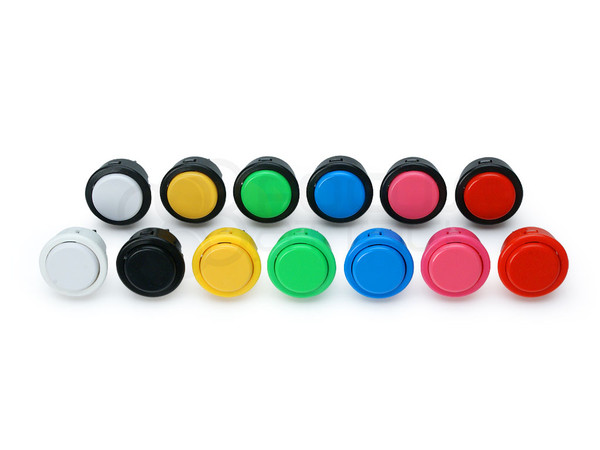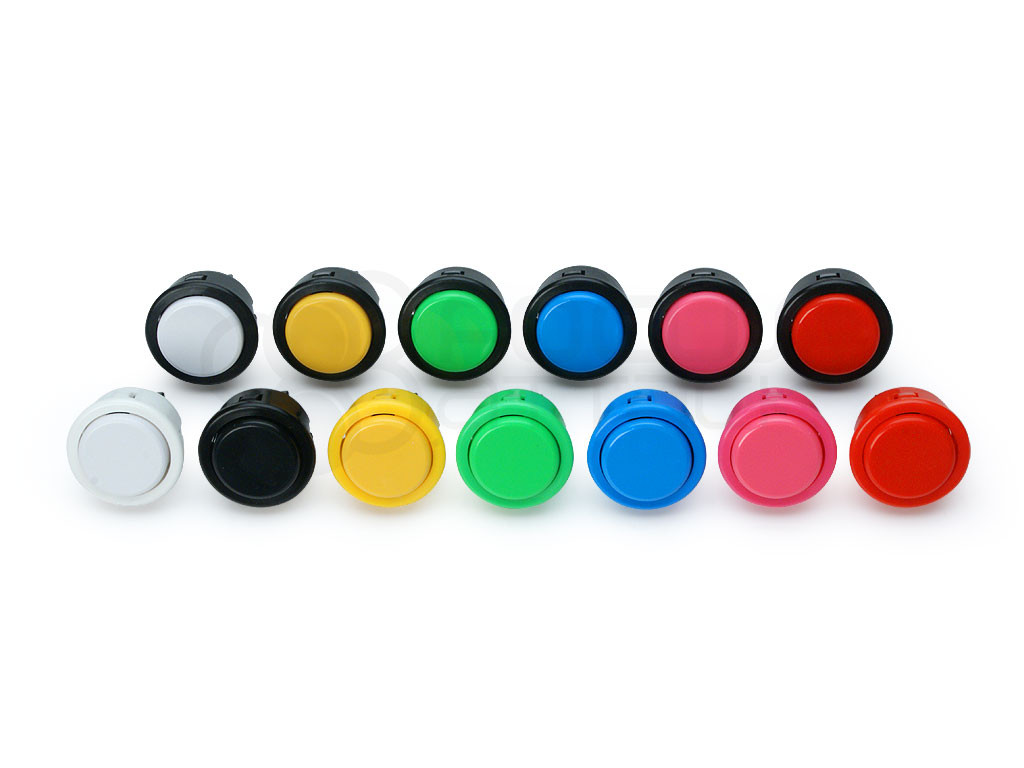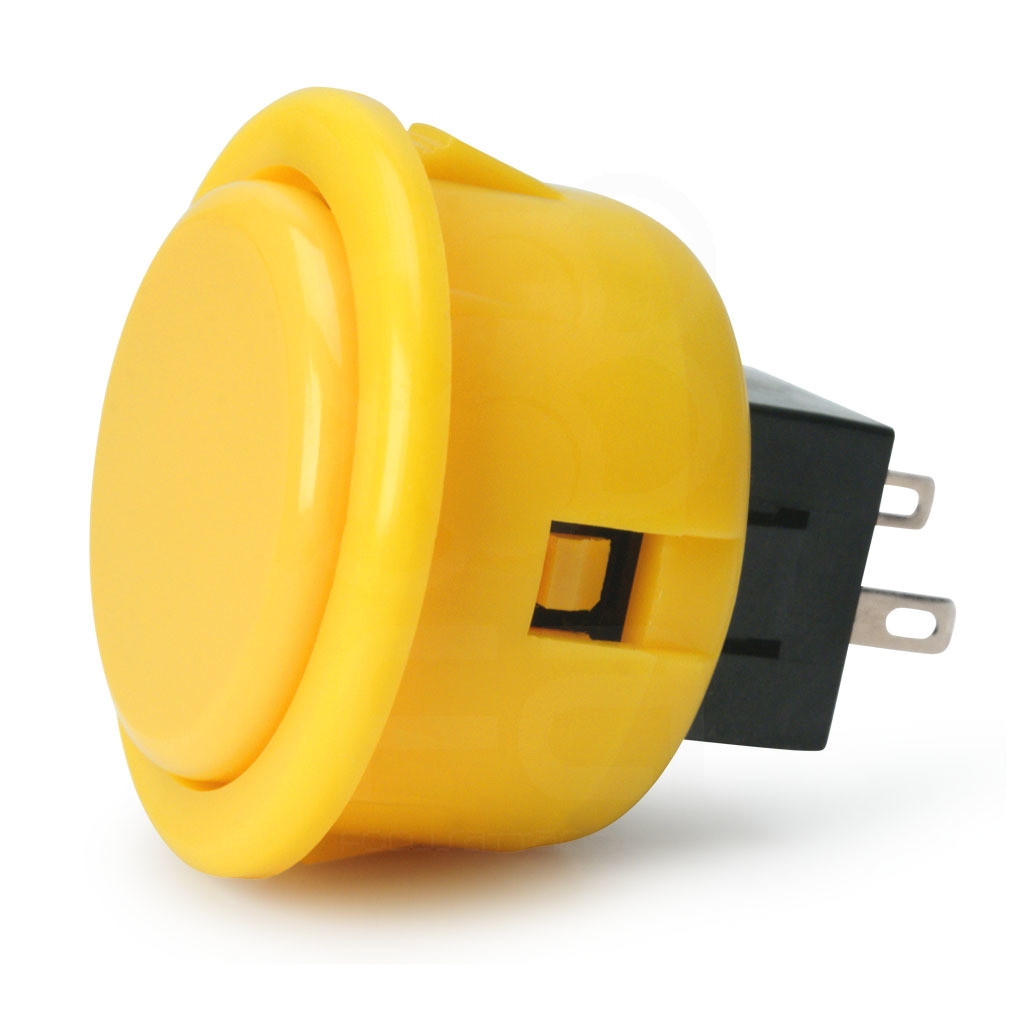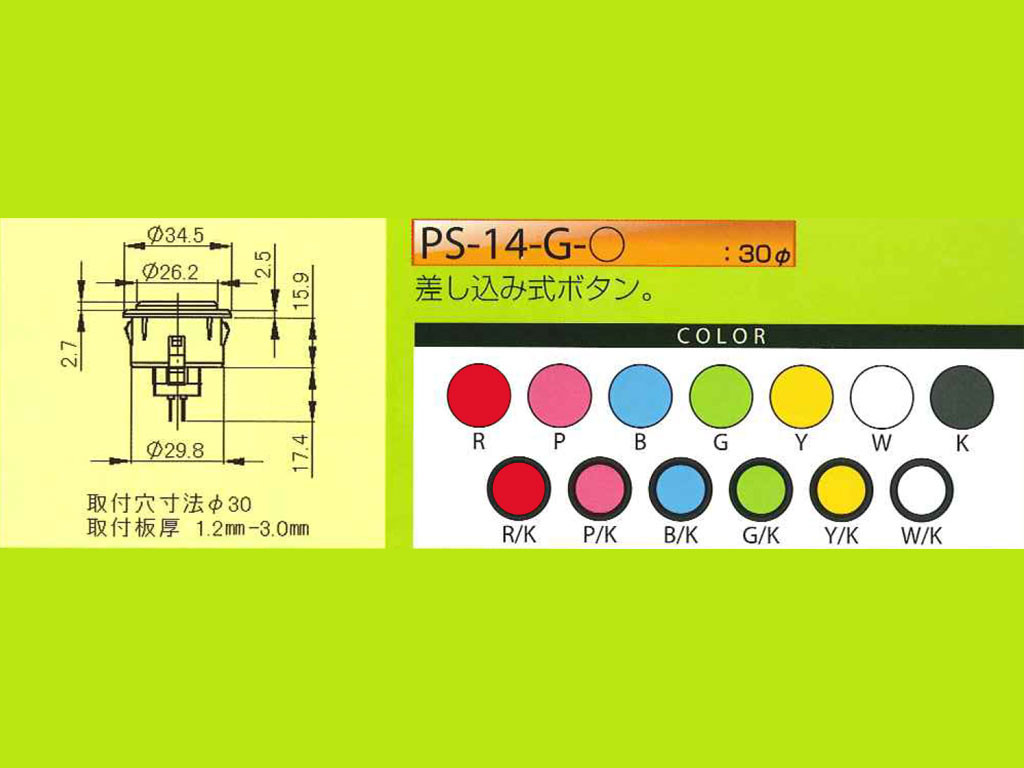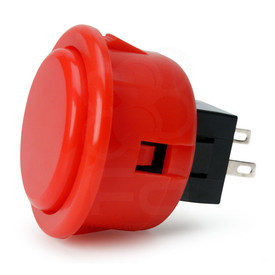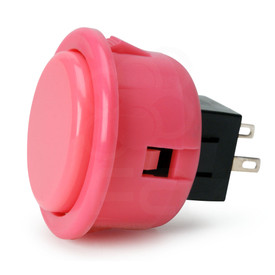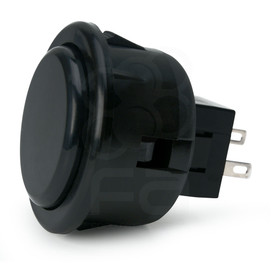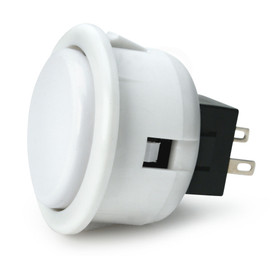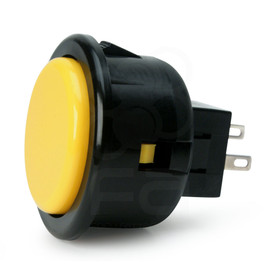- Category
- What's New?
- FightSticks/Pads
- Joysticks
- Pushbuttons
- Spare Parts & Tools
- Hardware & PCB
- Electrical
- Customize
- Merchandise
- Sales & Clearance
- Brand
Seimitsu PS-14-G Pushbutton Yellow
-
Product Description
Please measure your Fightstick Button Hole Before Purchasing PS-14-G/D
The Seimitsu PS-14-G and PS-14-D model has a slightly wider housing diameter, which makes it incompatible with a number of Fightsticks whose action button layout adhere strictly to the diameter of Sanwa's 29.5mm button housing
- PS-14-D 24mm housing diameter is 23.65mm
- PS-14-G 30mm housing diameter is 29.75MM
Please make sure your Fightstick's button holes have at least a +.25mm tolerance for the housing (29.75mm or more), or it will not fit.
The Seimitsu PS-14-G is a solid color 30mm pushbutton designed to snap into a thin (1.3mm or .051") metal panel. It has a noticeably flat plunger top, preferable to some who don't like the convex shape of other Japanese pushbuttons. The PS-14 G uses the Seimitsu PS-14-G Button Micro Switch. Please see our product photo gallery for full specs.
Bundle with MM9-4 High Tension Button Spring and Save
By default, Seimitsu PS-14-G microswitch requires 1.0N or 0.2 LBF (pounds force) to each button.
The MM9-4-25N adds an extra .08 LBF (pounds force), for a total of 0.28 LBF. The result is a light, but firm button input requirement that accelerates its the button cap's return to neutral.
The MM9-4-50N adds an extra .16 LBF (pounds force), for a total of 0.34 LBF, resulting in a much firmer button input requirement that quickly pushes the button cap's to neutral position, ready for the next press.
This is desirable to some who appreciate using more deliberate input force and a bit less sensitivity than Sanwa's SW-68 offers. Now, you can save 25 cents off the regular price of the MM9-4 series spring when you choose one of the high tension springs from the options list.
Bundle with Silencer 30mm Foam Washers and Save!
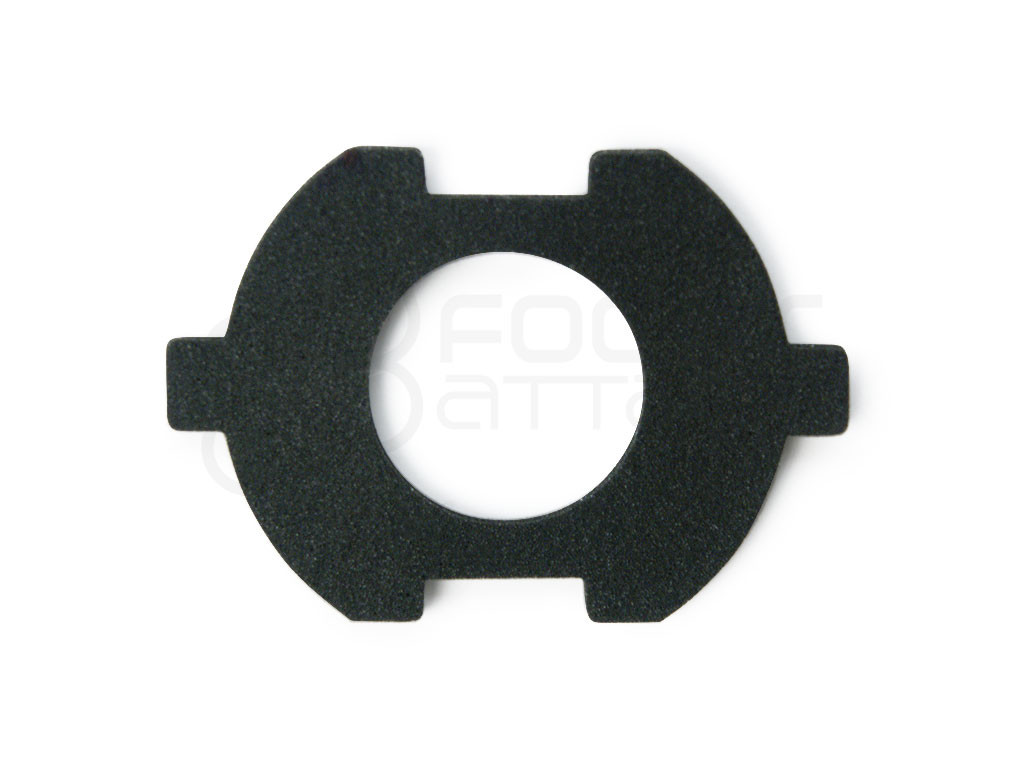
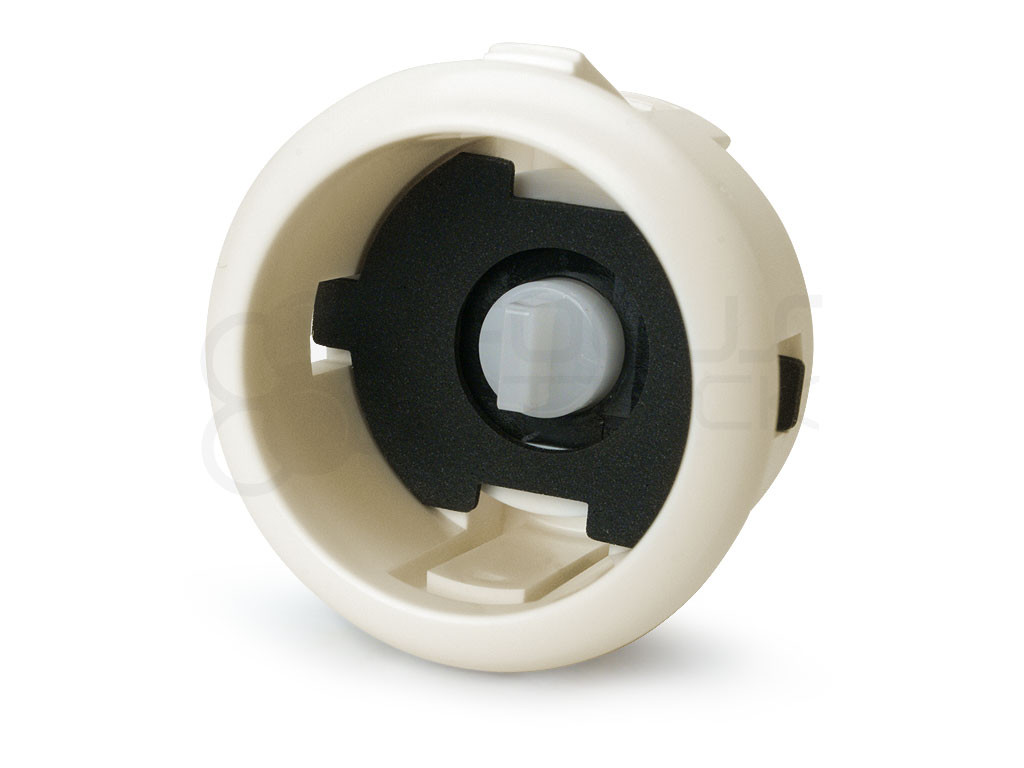
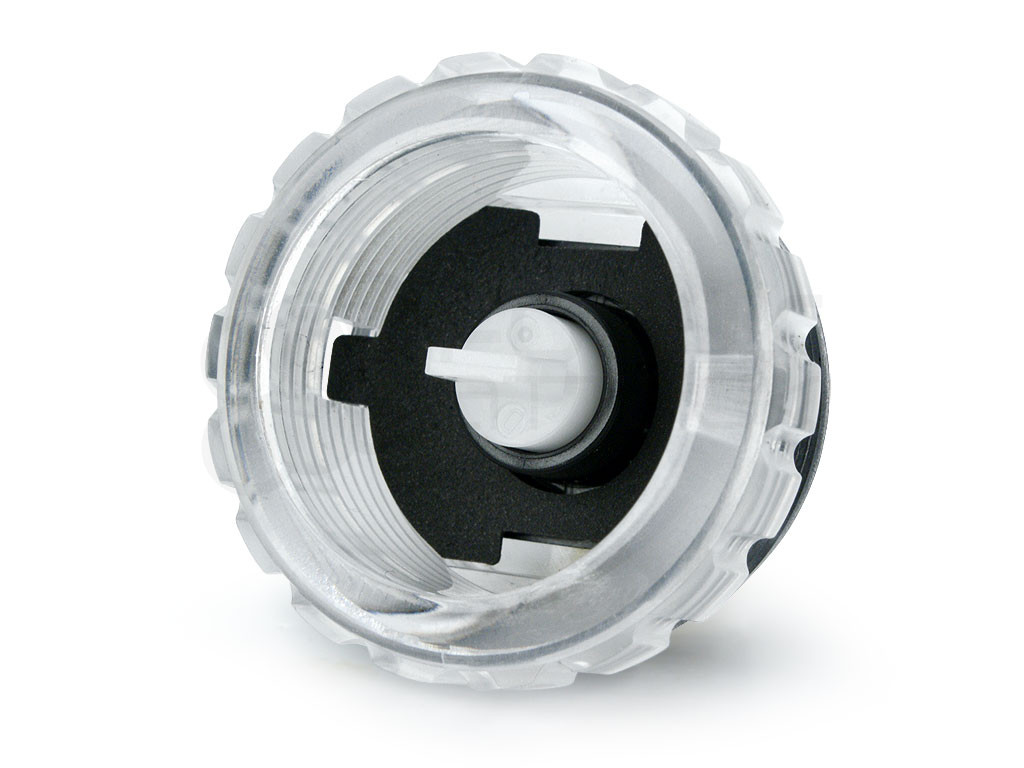
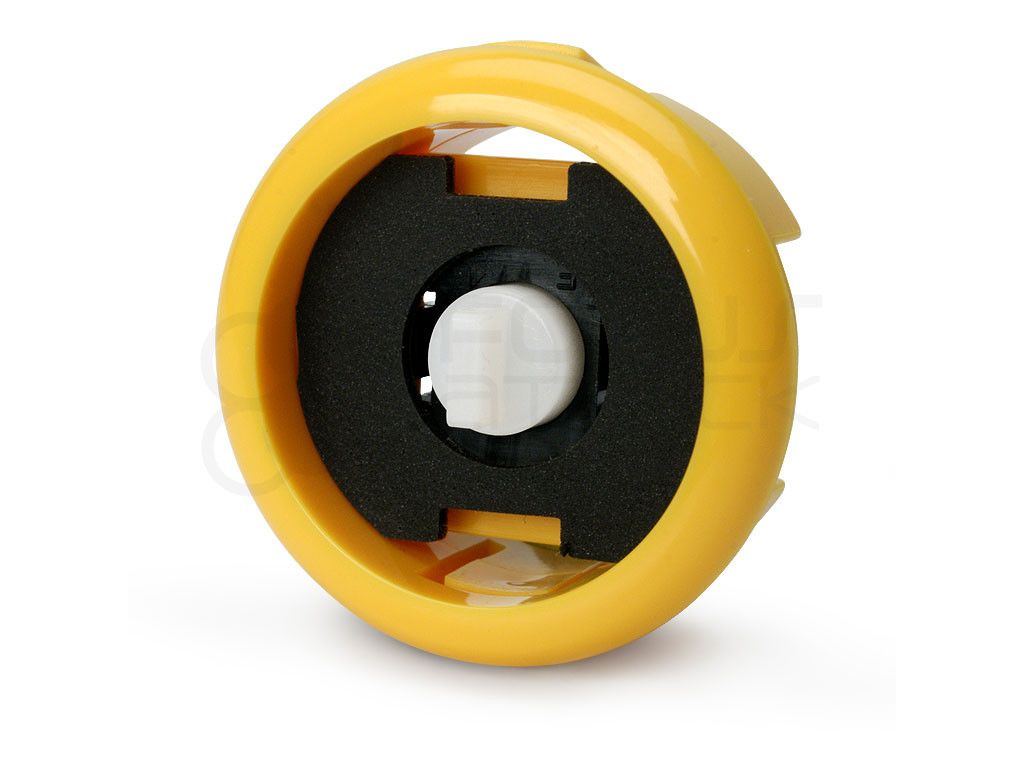
Silencer is our 1mm-thick foam washer that helps to dampen the loud sounds common with tapping on the button plunger. It conforms to the internal housing of many Sanwa or Seimitsu-style 30mm pushbuttons.
Known compatibility:
Sanwa Seimitsu Crown Hori Click "Add to Order" to save 40% off retail of a Silencer foam washer for each button you purchase.
Silencer Installation
installing the Silencer foam pads into a Sanwa or Seimitsu pushbutton is straightforward. Place the washer - plastic film side down - into the button housing. Align the small tabs so that they stick out of the holes on each side of the housing. For Seimitsu PS-15, and Hori Hayabusa low profile pushbuttons, snip the tabs off with scissors and place into the housing.
24 vs 30mm When processing orders, a frequent mistake we found among new players is choosing the wrong size for action buttons, such as punch and kick.
Within the fighting game genre, Japanese arcade buttons commonly consist of two diameter sizes: 24 millimeter and 30 milllimeter (mm). In most configurations, 30mm represents your action button. These are front facing, appearing most prominent on your Fightstick control panel. Option button, such as "Start", "Select", or more recently "Option", "Touch", or "Share" are usually 24mm.
UPDATE: Owners of Neo Geo AES Joysticks will need 24mm pushbuttons instead of 30mm (Thanks SRK's DEZALB)
Below is a visual representation of a common Fightstick control panel. Throughout this article, we will mark 24mm in green, and 30mm in Orange.
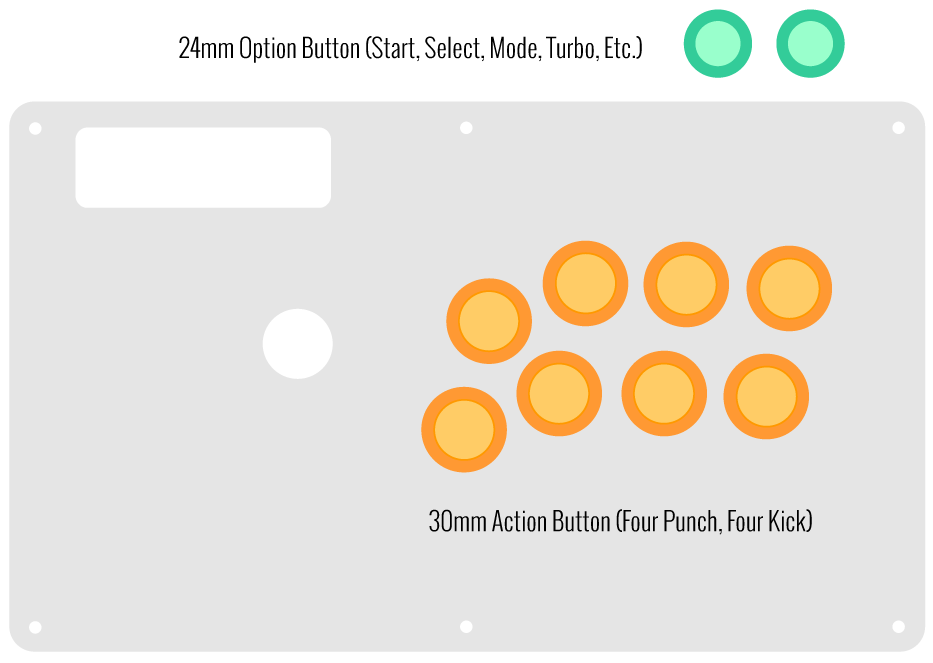
Checking the Proper Size
 Another way that players can misinterpret the pushbutton size is by measuring the pushbutton plunger. Have a look at the diagram at right.
Another way that players can misinterpret the pushbutton size is by measuring the pushbutton plunger. Have a look at the diagram at right.The plunger - the part that you press down to represent an input - is 25mm or a bit smaller in most 30mm pushbuttons. Often this leads to the conclusion that one needs a 24mm button and not 30mm.
Similarly measuring the button rim can lead to confusion, as it is intentionally larger than the button hole it is placed in. You don't want to use these measurements. Instead, review the button housing diameter, or the hole the button will be placed in. You can do this with a caliper - a digital caliper is often quite helpful for this and other arcade-related projects.
Control Panel Configuration
Most Fightsticks from MadCatz, Hori, Qanba, and similar will use these two sizes. How the buttons are used will depend on the model joystick that you own. Over time, we'll provide example configurations for specific popular Fightstick models and arcade cabinets using the color key for 24mm (green) and 30mm (orange). We'll also expand the key for future models if another size is introduced, and we offer for sale.
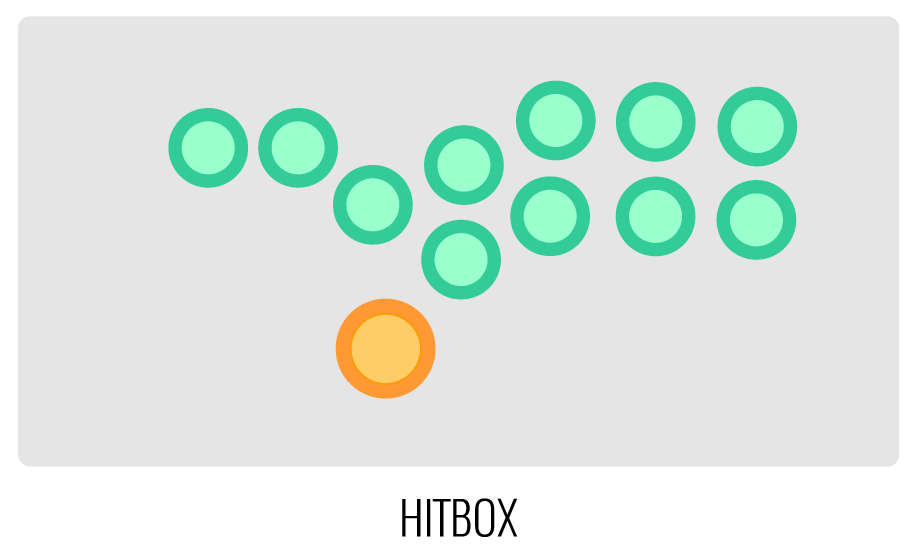
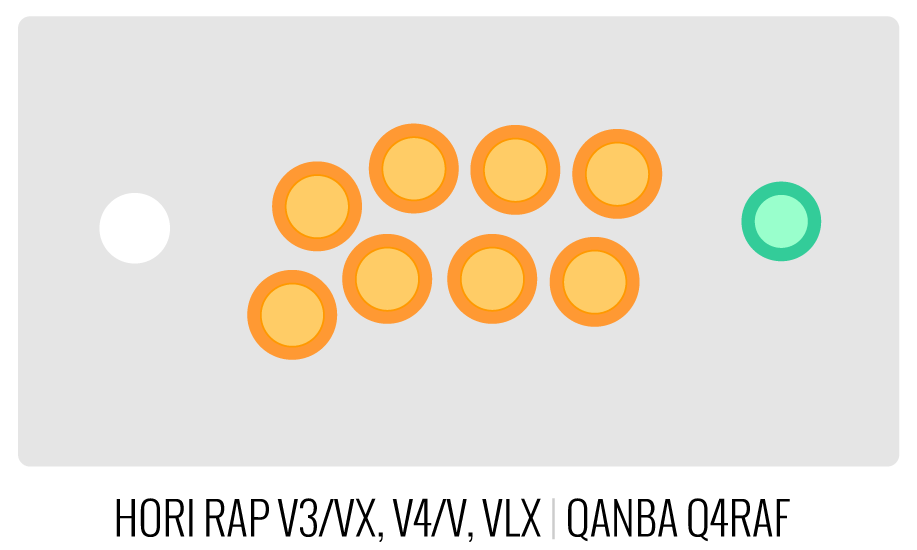
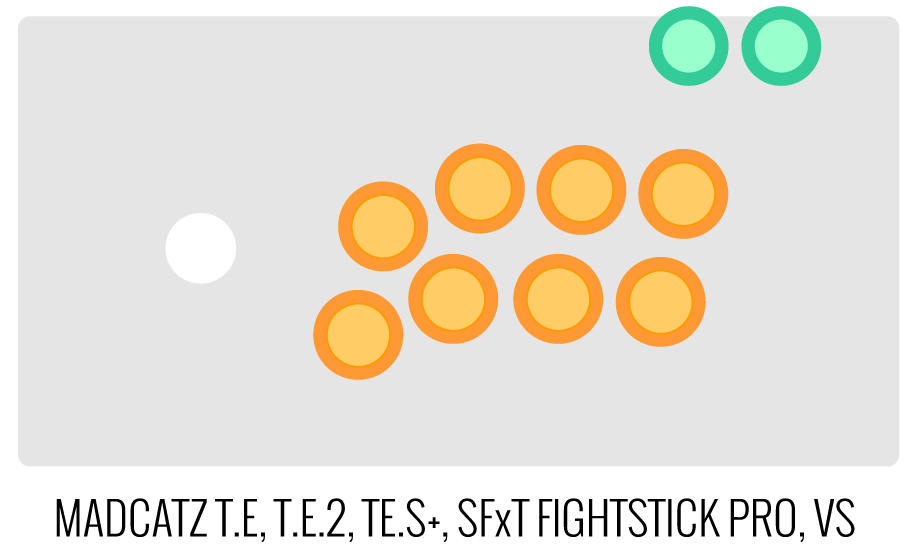
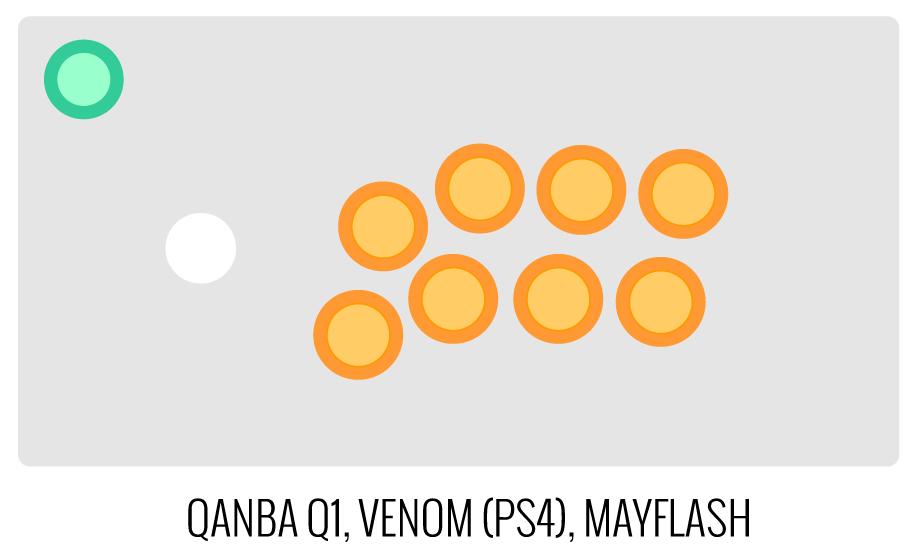
-
Product Reviews
-
Works great as button subsitition on Razer Panthera.
I decided I wanted to swap out the default SANWA buttons on my Razer Panthera for something new. I agree with the comments that they buttons are less sensitive than the Sanwa's and have a bit more of a bounce back.
Pros:
- Was super easy to swap them in
- Great for someone looking for something a tad different but still familiar feel from the Sanwa buttons
Overall very happy with my purchase.
Cons:
- The plexiglass on my Razer Panthera was a bit thick for these buttons. They are fine once you press them in, but they are quite easy to pop out when opening up the case. (They arn't very deep plungers) Unknown on Sep 9th 2019
-
-
Find Similar Products by Category


